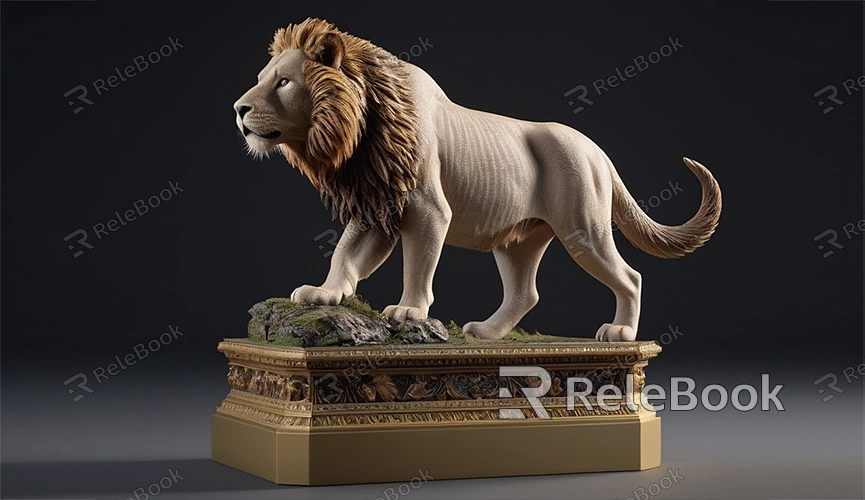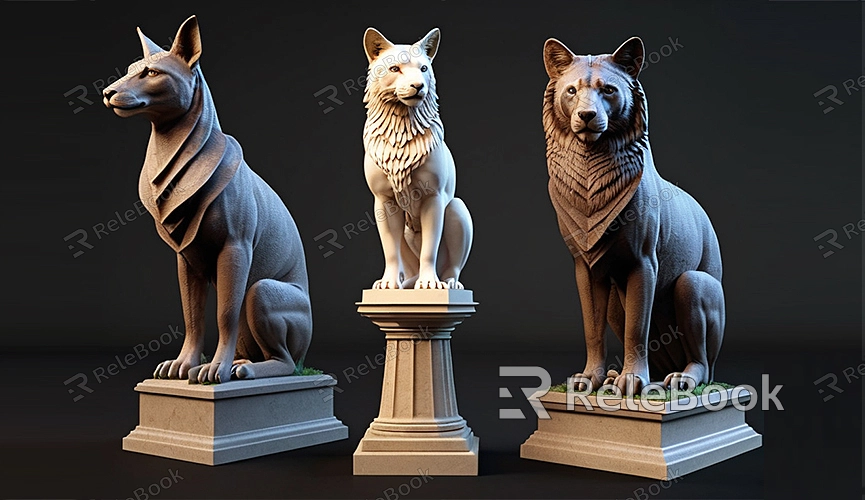How to Make 3D Models in Unity
Creating 3D models in Unity is a crucial step in game development and virtual reality production. Whether you're a beginner or an experienced developer, mastering the process of creating 3D models in Unity is an essential skill. This article will guide you through the process of making 3D models in Unity and share some practical tips to help you improve your efficiency and the quality of your work.
Preparation
Before you start creating 3D models, some preparation is required:
- Install Unity: Ensure you have the latest version of Unity installed. You can download and install it from the Unity official website.
- Choose a Suitable Modeling Software: Unity itself is not a 3D modeling software, but it can import models created in other modeling programs. Common 3D modeling software includes Blender, Maya, and 3ds Max.

Creating Basic Models
When starting to create 3D models, it's recommended to begin with simple geometric shapes like cubes, spheres, and cylinders. These basic shapes can be created directly using Unity's built-in 3D object features:
- Open Unity and create a new scene.
- In the Scene view, right-click and select "3D Object," then choose the geometric shape you need, such as a Cube.
Once you have created the basic geometric shapes, you can use Unity's transformation tools (Move, Rotate, and Scale) to adjust the shape and position of these objects.
Importing External Models
In most cases, you'll need to use external modeling software to create more complex 3D models and then import them into Unity. Here are the steps to import external models:
- Create your 3D model using your preferred modeling software (e.g., Blender) and export it in FBX or OBJ format.
- Copy the exported file into the Assets folder of your Unity project.
- In Unity, the model file will automatically appear in the Project view. You can drag and drop it into the Scene view for editing.
Adding Materials and Textures
To make your 3D models look more realistic, you'll need to add materials and textures:
- In Unity, right-click the Assets folder, select "Create" -> "Material" to create a new material.
- In the material's properties panel, you can set the color, reflectivity, and other attributes. You can also import texture files and apply them to the material.
- Drag and drop the created material onto your 3D model, and Unity will automatically apply the material and textures to the model.
Animation and Physics Effects

To make your 3D models more dynamic, you can add animations and physics effects:
- Use Unity's animation system (Animator) to create animations for the model. You can set keyframes in the Animation panel to define the model's movement, rotation, and scaling animations.
- Add physics components such as Rigidbody and Colliders to give the model physical properties. This allows your model to interact physically with other objects, enhancing the realism of the game.
Optimization and Export
After finishing the creation and adjustments of the model, you need to optimize it to ensure smooth performance in the game:
- Reduce Polygon Count: Try to lower the polygon count of the model, especially for complex models. Use optimization tools in your modeling software to simplify the model.
- Compress Textures: Use Unity's texture compression feature to reduce the size of texture files and improve loading speed.
- Combine Meshes: If your scene has multiple identical models, consider combining them into a single mesh to reduce Draw Calls and improve rendering performance.
If you need high-quality 3D textures, HDRI, or 3D model downloads for creating models and virtual scenes, you can get them from Relebook. After downloading, you can directly import the textures and 3D models into your project for use. Relebook provides a wealth of high-quality resources to greatly enhance the quality of your models and improve your workflow.
By following this guide, you now understand the basic process and practical tips for making 3D models in Unity. We hope these insights help you with your 3D creation in Unity and lead to the development of exciting games and virtual reality projects. If you need high-quality 3D textures, HDRI, or 3D models, Relebook is a valuable resource.

